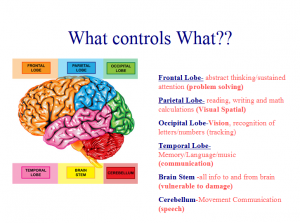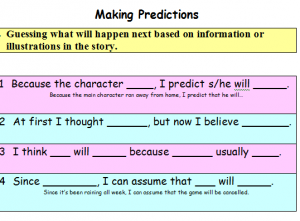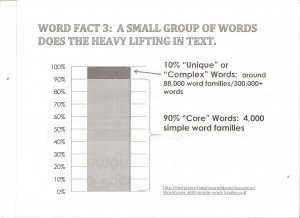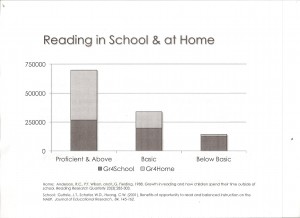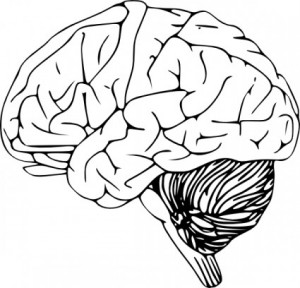 I decided to expand on the brain and learning for this week’s blog. I wanted to extend your knowledge of the two hemispheres of the brain, the importance of connecting these hemispheres and other strategies which help engage the brain in learning.
I decided to expand on the brain and learning for this week’s blog. I wanted to extend your knowledge of the two hemispheres of the brain, the importance of connecting these hemispheres and other strategies which help engage the brain in learning.
There are two hemispheres of the brain including the “Right Hemisphere” and “Left Hemisphere.” You know the myth that we only use 10% of our brains but this is simply not true. We do however, have a dominant hemisphere that we use more often.
Right Brain
The Right Brain, as it is called, is known as the creative sector of your brain. This part of your brain is holistic and synthesizing. The Right Brain is the area of the brain that impacts your ability to collaborate, use your imagination, use symbols and icons. Interestingly enough, the Right Brain is used for problem solving, integrating and risk taking!
Left Brain
The Left Brain is the logical side of the brain. It is the detail and fact oriented area of the brain. This side dominates memory, the speed in fluency and completion of tasks especially in math. It is the Left Brain that controls our focus and keeps us structured and following rules and procedures.
You can probably draw the conclusion already that we do not use only one hemisphere of the brain. We are all problem solvers and use detailed thinking at times but you probably see yourself more in one description or the other. Most people have a dominance though this does change based on the activity you are involved in and environment. Here is a test for fun! Yes, you use both sides of your brain!
Use Both
As teachers, the more we have students use BOTH hemispheres of the brain–the more engaged and learning is taking place. If you read last week’s blog, remember that when students engage in learning, they must use many areas of the brain to do different tasks that we give them. Processing, problem solving, recalling and evaluating require both sides of the brain connecting together to get the job done well.
There are many claims that Whole Brain or Brain Based Strategies are the best way for us to teach. You have probably been trained or heard of Brain Energizers and strategies that help students cross the midline of their brains. Of course, for every article that gives amazing reviews–we can find claims that they do not work. I believe that many of the strategies used are good teaching strategies but cannot verify if they are “brain based.”
Here are 8 facts we DO know about the brain and the implications for teachers.
1. A teacher has less than 3 minutes to engage a learner at the start of an activity. A HOOK or great opening to your lesson will help ensure engagement.
2. According to earlyintervention.com, an elementary child can only stay attentive for about 10-15 minutes. “As a guideline some research suggests using a child’s age as a general starting point for the number of minutes a child can attend to a single assigned task…so 5 minutes for a 5 year old, 7 minutes for a 7 year old, etc.” which is a reminder that lessons should change and students should be moving during lessons. For example, you may start a reading lesson with a picture walk, then students may read–breaking up this reading with talking, writing, questions etc. help to keep the student engaged in learning.
3. The cerebellum which is only 1/10 of your brain has the most neurons (40 million nerve fibers) which is 40 times more than your optic trac and associated with your motor control. It is also a path to the section of the brain which controls memory and attention. When you are using the cerebellum (moving) then you are stimulating your memory!
4. When a student (or adult) is stressed the hippocampus (the brain’s structure for memory) is negatively affected. When in an overly stressed state the brain in unable to identify and store information into short or long term memory. Now with this being said, a small bit of stress can stimulate learning by engaging the learner so the teacher must know her/his students to ensure there is balance. A good example to remember is: When you are in a competition–you are alert and engaged but if you are so scared that you are crying or consumed with anxiety–you will not perform well and most likely forget anything you were wanting to say.
5. Students learn information more easily in small chunks. We used to think 7-8 but now researchers believe it is 2-4. Breaks and process time are very important when learning new information.
6. Your brain learns the circle as the first shape. When creating flashcards–using a circle will help students focus on the content more easily because the brain is not focused on the outline of the card itself.
7. Colors affect our brain so therefore it affects learning. Blue and green are calming where yellow causes more excitement. Red can help hold the attention of our ADHD students. We have used colored overlays for students in reading for years–here is another reason to think about our decor.
8. Waelti, Dickinson and Schultz (2001), found in brain studies that there is a benefit “associating rewarding, positive social experiences with the learning process” which is called dopamine-based reward stimulated learning. This basically means that students are more comfortable and engaged when talking with their peers so collaborative learning helps to stimulate learning.
We as teachers want to find the magic formula for teaching but we know that it changes based on our students, their preferences, abilities, environments, etc. Brain research is not the magic formula but it does give us insight into how we process information and give us some tips to make learning easier. Just a bit of food for thought!
Articles that Provided Research:
http://day2dayparenting.com/qa-normal-attention-span/
http://www.ascd.org/publications/books/104013/chapters/Movement-and-Learning.aspx
https://feaweb.org/brain-based-learning-strategies
http://www.education.com/reference/article/Ref_Cooperative_Learning/
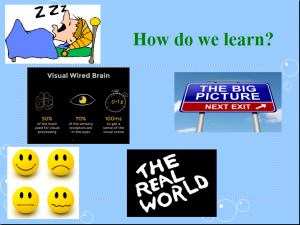 S
S